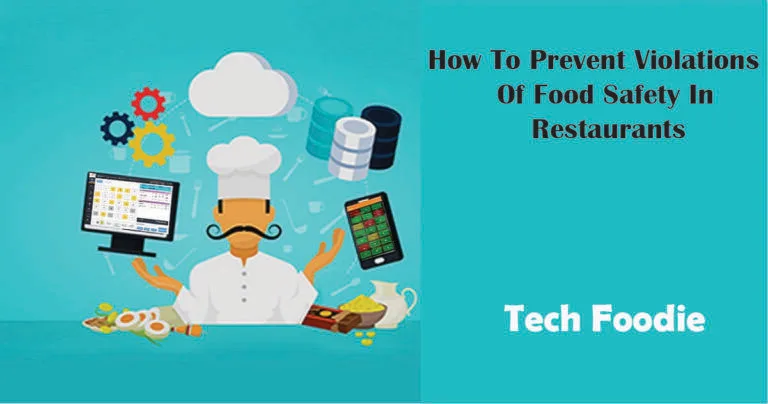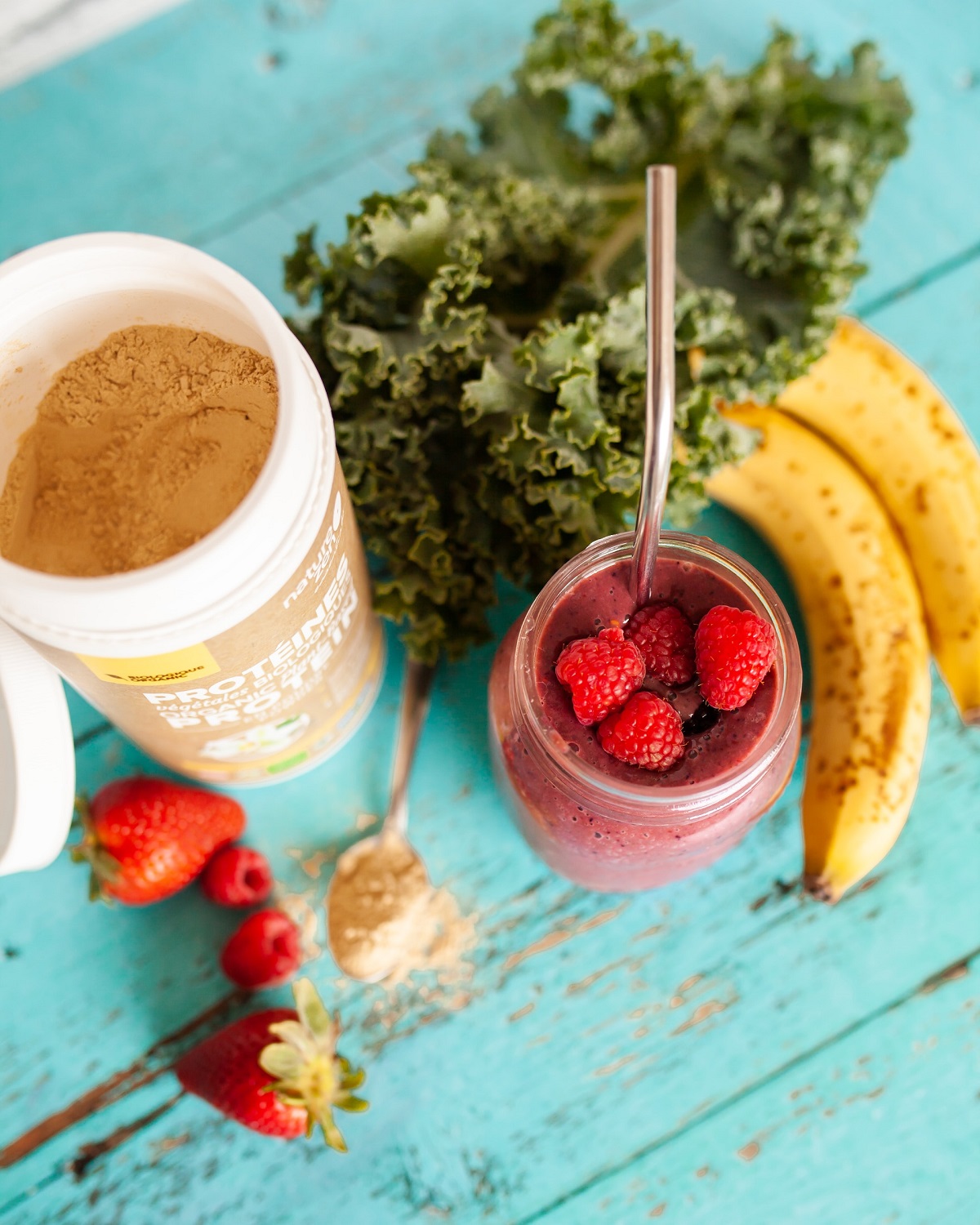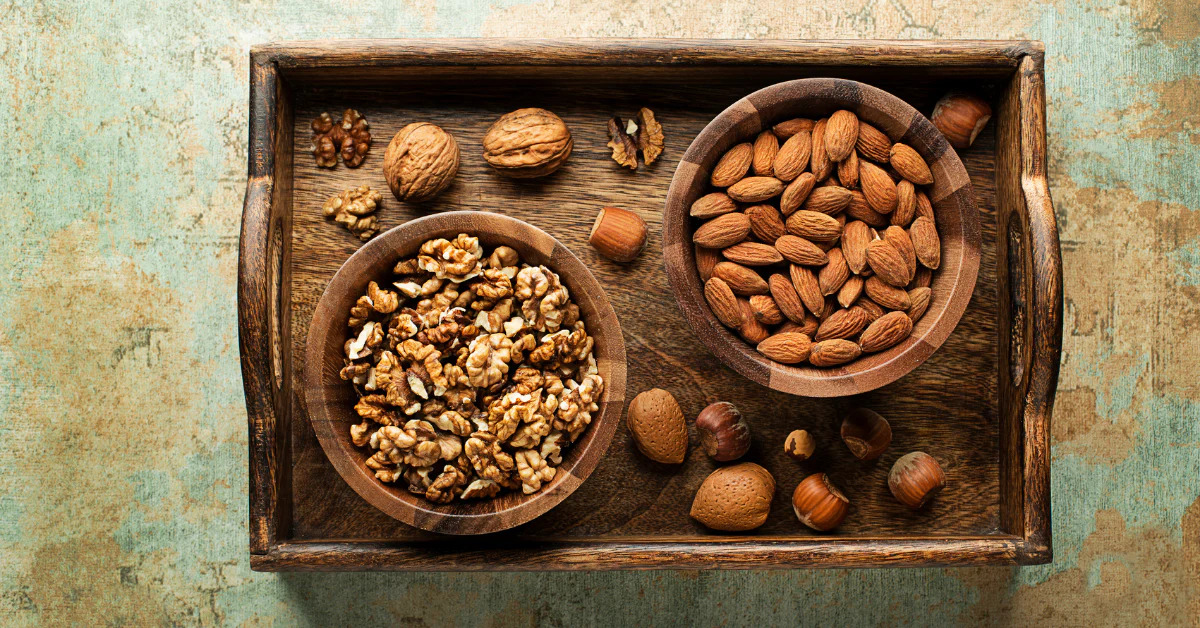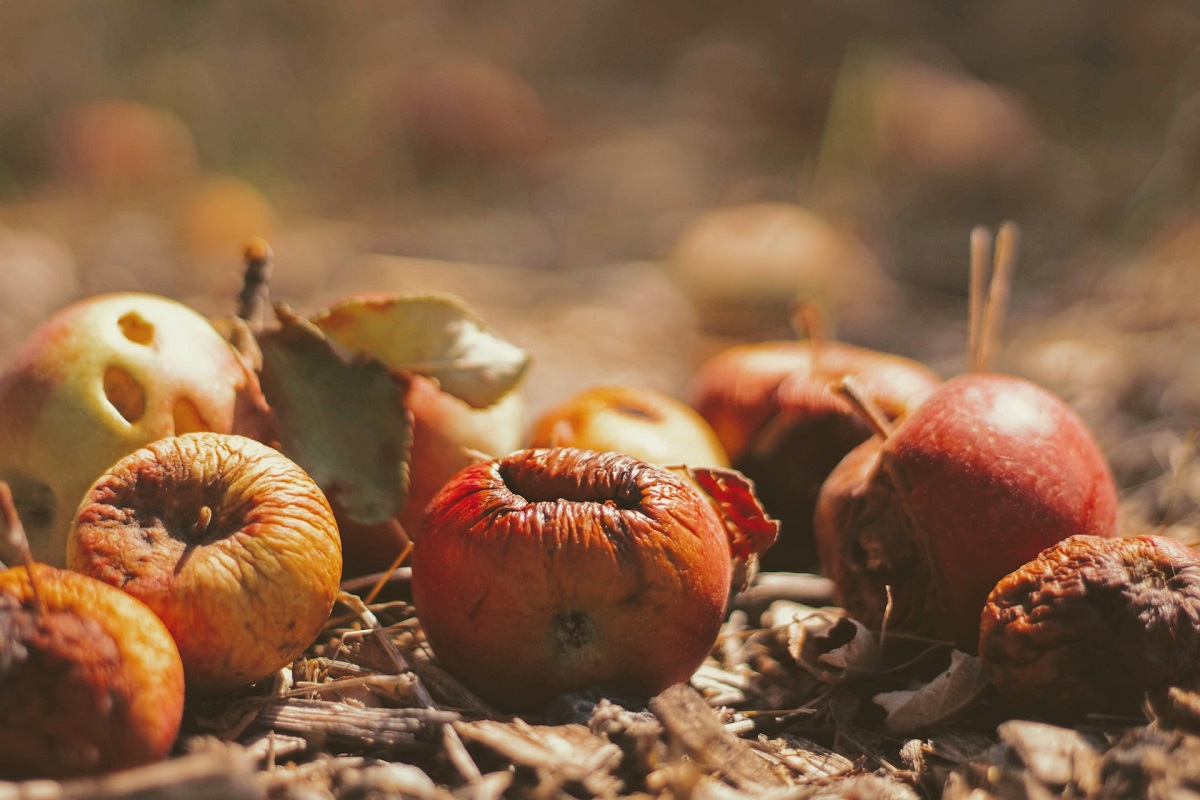How To Prevent Violations Of Food Safety In Restaurants
When people go to any restaurant, they expect to be served good quality food and cooked in a safe and hygienic environment. Suppose a restaurant does not follow proper food safety and hygiene practices. In that case, it increases the risk of food hazards or contamination that can make customers ill and can even be life-threatening in some cases. After COVID-19, customers have become more conscious about hygiene. Although food safety standards are not changed due to the pandemic, restaurants must follow rigorous sanitation standards and be transparent with their customers.
It means restaurants must implement food safety practices to win customers’ trust and increase sales. If you are a restaurant owner worried about food safety violations in restaurants, stay with us till the end of this article.
Steps to avoid food safety and hygiene violations
Here we will describe 8 important things that restaurant owners and employees can collectively do to avoid food safety and hygiene violations.
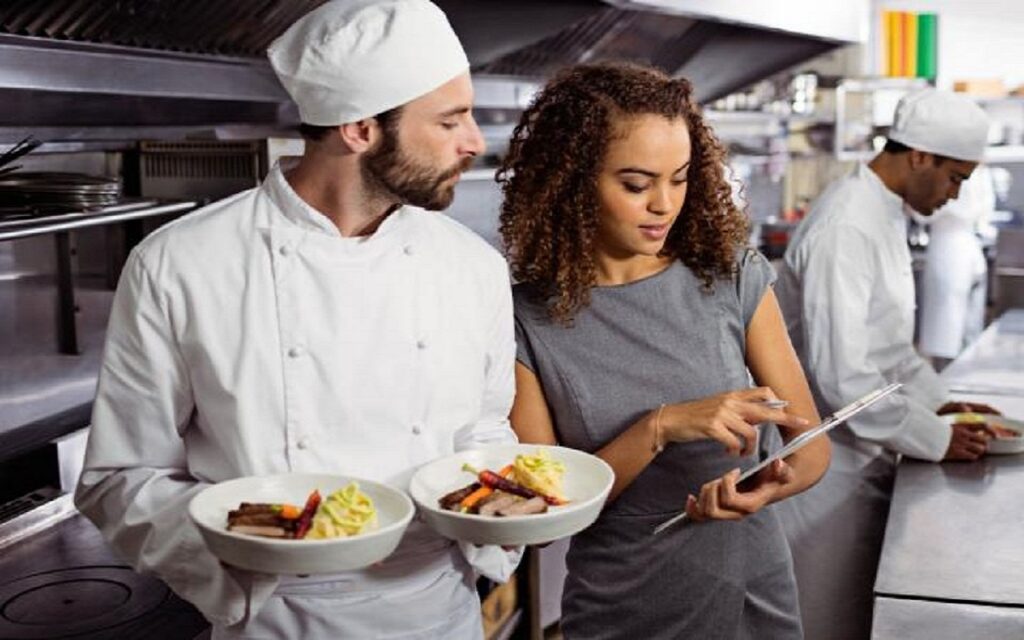
1. Do Proper Surface Sanitation
The countertop and chopping boards are a huge part of food preparation because you place food on the countertop and use a chopping board to cut vegetables. Moreover, food comes in touch with these surfaces during different processes, such as seasoning or mincing meat. If you are using any type of food on any surface, ensure the surface is properly cleaned before and after you are done.
Cleaning And Sanitation
When it comes to the cleanliness of surfaces, you must have two words in mind: cleaning and sanitation. Cleaning means removing dirt, remnants, or grime from all food preparation surfaces. Meanwhile, sanitation means deep cleaning of surfaces to remove pathogens. These two steps should always be a part of your surface cleaning process.
Now, what should you use to clean and sanitize surfaces? Always choose non-corrosive, stable, and safe to use when choosing cleaning agents. Use chemicals such as iodine, chlorine, or ammonium compounds for surfaces.
It is also essential to have a clear schedule for cleaning and sanitization along with a checklist to assure that cleaning and sanitation become a part of every shift of your restaurant.
Frequent Hand Washing
As global health authorities have declared it a measure to prevent the spread of COVID-19 and other diseases, washing hands can not be underestimated.
According to the World Health Organization, washing hands with soap for 20 seconds before and after food preparation and using alcohol-based sanitizers to clean hands in between. Restaurants that are offering food delivery services must ensure that their couriers are equipped with hand sanitizers that they use between food drop-offs.
As a rule of thumb, your workers in the restaurant must wash their hands during the following scenarios:
- Before, during, and after food preparation
- After using the toilet
- After handling raw materials such as meat, seafood, poultry, or eggs.
- After emptying or touching a rubbish bin.
- After coughing, sneezing, or blowing your nose.
2. Clean Foods Before Cooking
You do not only need to clean surfaces and equipment, but also you have to clean vegetables, fruits, herbs, grains, and beans. Moreover, you must wash and rinse jars and lids before use.
Fruits and vegetables
Wash fruits, vegetables, and herbs under cold, running tap water. You can also use a brush to remove residual dirt. However, never use detergents or soap to wash fruits or vegetables as they may seep into the porous surface and become hazards. Instead, you can make a vegetable wash by mixing water with distilled vinegar to remove all the dirt from the produce.
Beans And Whole Grains
To clean beans and whole grains, rinse them with cold running water, and it will be enough to remove dirt, debris, starch, and germs.
3. Packaging
It is advisable to rinse jars, lids, and other plastic, glass, or metal packaging with water and soap to ensure cleanliness and minimize the number of bacteria. This simple practice helps disinfect the surfaces, eliminating any potential bacteria that previous users may have left behind. By taking this extra step, you can enhance the hygiene of the packaging and promote safer usage for your needs.
Label Food Names And Best Before Dates
Different foods are coming in your restaurant kitchen, so it is crucial to label best-before dates on all the food items so that you do not serve ingredients past their prime.
It is also important to label the names of ingredients because many ingredients resemble each other in appearance. Salt and sugars are the most common ingredients mistaken for each other.
To make your food preparation process more efficient and to ensure that you are using fresh and high-quality ingredients, you should also include the following information on food labels:
- Food Name
- Date it arrived in your kitchen
- Quantity
- Best before or expiry date
In addition, you can create a proper system to manage your restaurant stock that can save you from many headaches regarding food safety.
4. Avoid Cross Contamination
Cross-contamination occurs when bacteria or pathogens are transferred from one food or object to another. It eventually contaminates other food and leads to foodborne diseases. If it is not managed, your restaurant kitchen will become a source of foodborne illness. Following are some practices that can help you prevent cross-contamination:
Hand washing
Hand washing is the most significant practice that can help prevent cross-contamination. For example, if you are handling raw meat and after that, you have to prepare fruits and vegetables for salad, you must wash your hands before preparing each dish. Otherwise, you may transfer bacteria from one food to another.
Use separate equipment and utensils
It is a food safety tip to use separate utensils to prepare different foods. You can easily separate utensils using a color-coded system, such as brown cutting boards for vegetables, yellow for fruits, and red for raw meat. It will reduce cross-contamination and also keep your kitchen organized.
Sanitation Of Utensils
Always ensure you properly clean and sanitize surfaces and utensils where you prepare food. Wash utensils are used for meat separately from those used for fruits or vegetables.
5. Proper storage
Food storage plays an important role in cross-contamination. If you store cooked and raw food together, the chances of cross-contamination are increased. Moreover, when you defrost meat in your refrigerator, contaminants can seep into other foods and transfer bacteria. So, you must always store cooked foods, raw ingredients, fruits, and vegetables on separate shelves.
6. Food Handling Training
There is always a need to train your staff on certain things. Provide opportunities for your staff so that they can get training on food safety and certification as well.
Store Food At The Right Temperature
Storing food at the right temperature is key in protecting food from pathogens. Every type of food requires a specific temperature to prevent bacterial growth.
The Danger Zone
One of the key challenges in maintaining proper temperature control for food is dealing with the notorious “danger zone.” The danger zone occurs when food temperatures fall between 40°F and 140°F (4°C and 60°C), providing an ideal environment for harmful bacteria to grow rapidly and potentially spoil the food. It is essential to store perishable foods below 40°F (4°C) in the refrigerator and keep hot, cooked foods above 140°F (60°C) to ensure food safety.
However, it is important to note that if your food happens to enter the danger zone, it does not mean it will immediately become spoiled. The duration of time spent in the danger zone plays a significant role in determining the safety of the food. As a general guideline, it is recommended not to leave perishable foods unrefrigerated for more than two hours to minimize the risk of bacterial growth and potential foodborne illness.
By being mindful of temperature control, promptly refrigerating perishable foods, and ensuring hot foods remain appropriately heated, you can help maintain the integrity and safety of your food.
Proper Cooking Temperature
It is also important to cook food at the right temperature to make them edible and protect them from bacteria. Always stick to standard cooking temperatures for foods to ensure food safety.
7. Keep Track Of Food Recalls
In addition to maintaining food safety and sanitation in your kitchen, staying informed about food recalls that may impact your supply chain is crucial. A food recall occurs when a product needs to be removed from distribution due to safety concerns. By being aware of recalls, you can ensure the ingredients you use are safe for serving customers.
To stay updated on recalls, consider signing up for alerts provided by the Food Safety Agency. These alerts can be received via email or mobile notifications, providing valuable information on handling recalls and reporting problems with produce.
Maintaining good communication with your suppliers is also essential. By keeping an open line of communication, you can promptly receive information about any potential issues with their products and take appropriate actions as needed.
By proactively staying informed about food recalls and working closely with your suppliers, you can prioritize food safety and maintain the trust of your customers.
8. Maintain Equipment Of Restaurant
Keeping your restaurant equipment in good condition should always be one of your priorities. With regular use, equipment shows signs of wear and tear that can reduce your productivity.
Here are some tips to keep your equipment in good shape:
- Create a checklist and keep a log of maintenance dates
- Make an equipment cleaning schedule
- Train your staff on equipment use and maintenance
- Read the equipment manual for product information and issues.
Conclusion
Maintaining food safety in restaurants requires attention to hygiene, sanitation, and proper practices. From surface sanitation and hand washing to preventing cross-contamination and storing food at the correct temperatures, every step is crucial in ensuring the safety of the food you serve. Additionally, staying informed about food recalls and maintaining open communication with suppliers is essential for upholding high food safety standards. By prioritizing these measures and providing proper training to staff, restaurants can create a safe and hygienic environment for their customers, earning their trust and satisfaction.
Read More : How To Make A Wildflower Meadow
